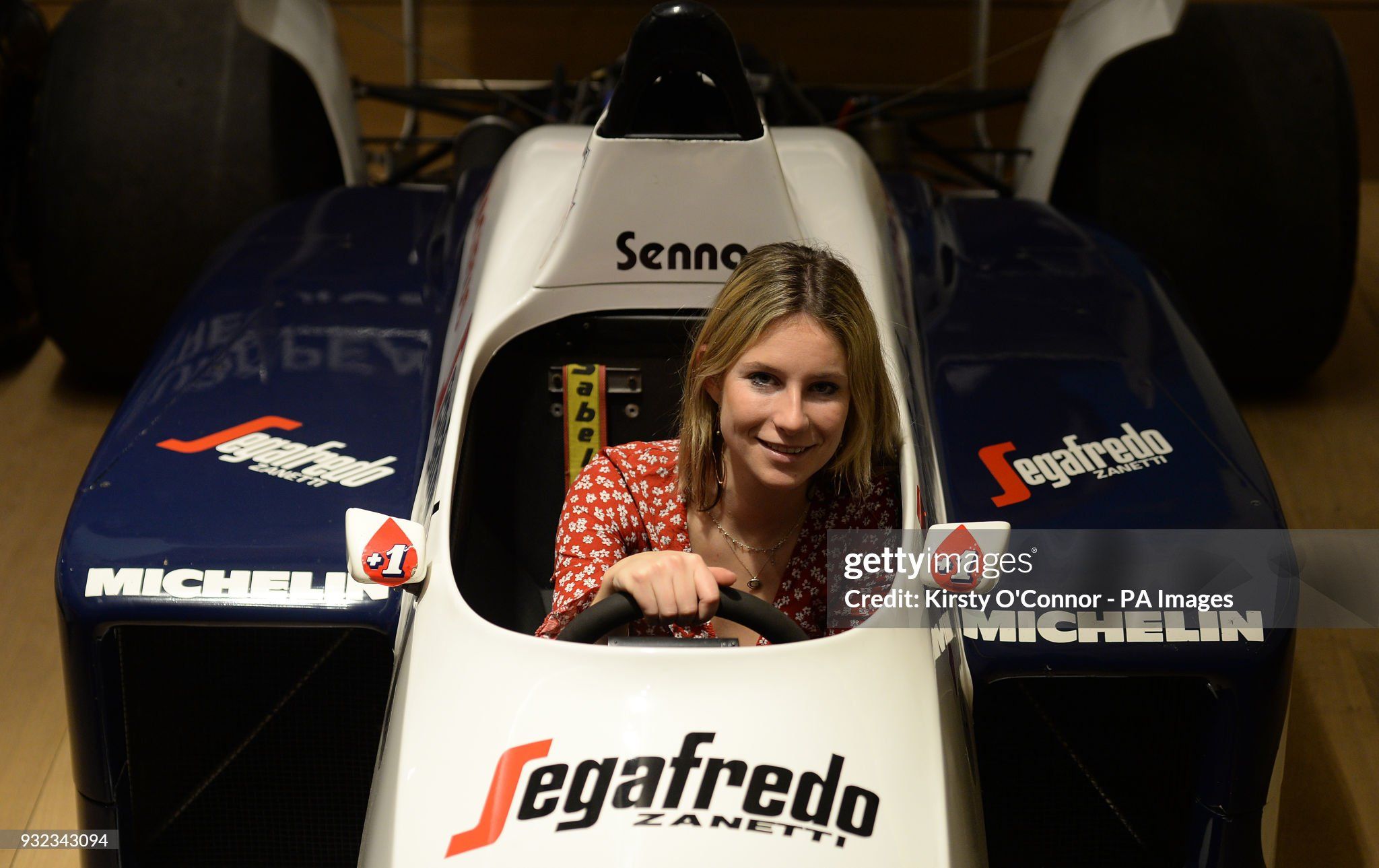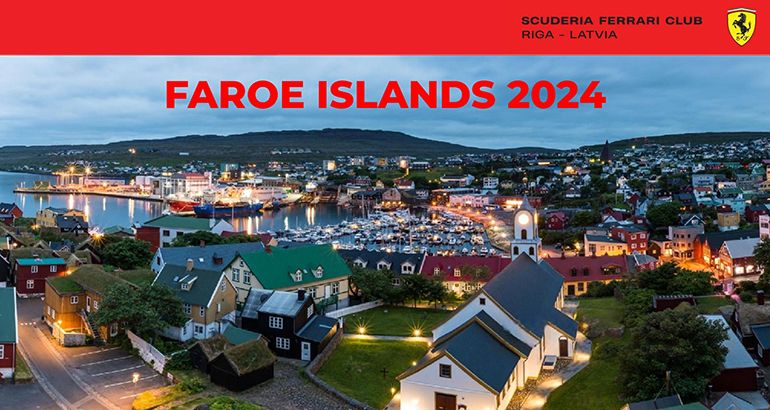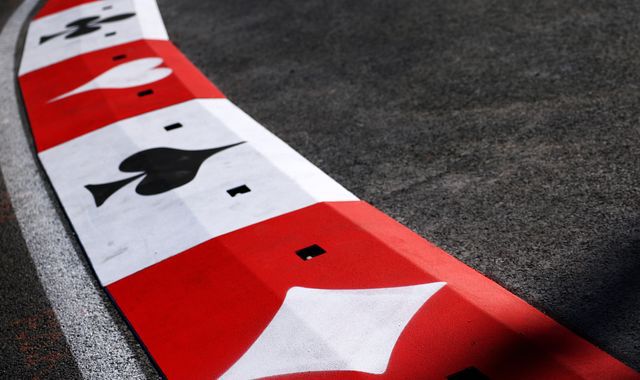When Formula One and Politics collided
One of the most notorious and disastrous events in Formula One history was the 1958 Grand prix of Cuba.
Background
Cuba adopted a constitution in 1940 with a former army chief, Fulgencio Batista, as a democratically elected president. He served until the end of his term in 1944. He then left for Florida, USA. He returned to Cuba in 1952 to run for president again. When it became clear he wasn’t going to win, he staged a military coup and suspended the 1940 constitution. President Batista then became a US backed fascist dictator, turning Cuba into a byword for corruption. Cuba became a haven for mafia backed drug, gambling and prostitution based businesses in Havana, with the sugar plantations sold off to US interests and about 70% of all arable land ending up in foreign ownership. The stagnant economy and the growing gap between the rich and poor gave rise to discontent, causing Batista to crack down on the media and empowering his secret police to repress the population with violence, torture and public executions. In December 1956 the 26th of July movement (known as M26-7 or M26), led by Fidel Castro, began a two year uprising, aiming to overthrow President Batista. In the middle of this political crisis and civil unrest, Batista thought it would be a terrific idea to hold a Formula One Grand Prix in Havana.

No doubt hoping to present Havana as the Monte Carlo of the Caribbean, Batista hosted the first Grand Prix of Cuba in 1957.

Juan Manuel Fangio at the 1957 Cuban Grand Prix in Havana, Cuba.

Juan Manuel Fangio races during the Cuban Grand Prix on February 24, 1957 in Havana, Cuba. Photo by Hy Peskin / Getty Images.
A circuit was designed around the Malecόn, the sea wall and harbour complex on the Havana waterfront. Celebrities and notable persons filled the hotel and casinos along with enthusiastic tourists, mainly from the USA.

Juan Manuel Fangio climbs out of his Maserati 300S after the Cuban Grand Prix on February 24, 1957 in Havana, Cuba. Photo by Hy Peskin / Getty Images.

Juan Manuel Fangio, driver of the Maserati 300S, celebrates after winning the 1957 Cuban Grand Prix on February 24, 1957 in Havana, Cuba. Photo by Hy Peskin / Getty Images.
The race was a success with Fangio taking the honours in a Maserati 300S.
The 1958 Grand Prix of Cuba

Grand Prix of Cuba on 25 February 1958, poster featuring Juan Manuel Fangio.
Despite the deteriorating political situation, Batista was determined to hold another Grand Prix in 1958. To that end, he put huge appearance fees and prize money on the table, with a particularly eye watering amount offered to Fangio to ensure his participation.


The money talked and Fangio duly arrived, due to drive a 4.7 litre Maserati. Also lining up in Maseratis were Carroll Shelby, Harry Schell, Jo Bonnier, Jean Behra, Jim Kimberly, Giorgio Scarlatti and Maurice Trintignant.

Britain's Ace Driver Stirling Moss is shown here February 23rd after he completed his practice laps before the Grand Prix race here February 24th. He tied for best practice times with world champion Juan Manuel Fangio, who was still missing at race time after being kidnapped after practice by Cuban revolutionaries. The trouble-dogged race ran into still more trouble when the Ferrari of Garcia Cifuentes crashed into a retaining wall and into the crowd, killing at least five persons. After a poll of the drivers, the race was called off after five laps. Moss had been leading. Photo by Bettmann / Contributor via Getty Images.

Start of Ill Fated Race. Havana, Cuba: autos zoom away at the start of Havana Grand Prix auto race here. Officials called off the race at the end of the fifth lap, after one of the cars skidded on the oil slicked track, jumped a sidewalk and plowed into the crowd, killing at least four persons and injuring others. Leading at the start here is car number four (foreground), with Britain's Stirling Moss at the wheel. Moss was also leading in the race when the accident occurred. Photo by Bettmann / Contributor via Getty Images.
There was a coterie of Ferraris to be driven by Stirling Moss, Phil Hill, Wolfgang von Trips, Masten Gregory, Paul O’Shea, Porfirio Rubirosa, Boris Said and Bruce Kessler. There was a healthy selection of other marques and drivers (including, allegedly, the President’s chauffeur) filling up the grid.

Lights, glamour, liters of mojitos and lots of fiesta at Trocadero or Hotel Nacional gave the city a party atmosphere that seemed to make you forget that Cuba was a country at war and that bearded guerrillas were slowly approaching the capital.
There were two days of practice around the Malecόn circuit.

The start of the 1958 Cuban Grand Prix.
Whilst the seafront setting was spectacular, with the cars able to reach speeds of 160 mph on the long straight, the track was dangerous, with high pavements, deep gutters and nothing between the track and the spectators.


The race in Cuba attracted a lot of audience attention.
The estimated attendance for race day was over 200,000. Security was tight.

Juan Manuel Fangio and Fulgencio Batista, the U.S.-backed dictator of Cuba, at the Grand Prix of Cuba in La Havana on 23 February 1958. Photo by Bernard Cahier / Getty Images.
Despite the continued presence of Batista’s security guards at the track, however, the security services were unaware that Fangio’s movements had been tracked by the M26 group from the moment he had arrived in Cuba. One of the sports correspondents from the Cuban press was a secret member of M26 and had been updating the group on Fangio’s schedule.
On the eve of the Grand Prix, Juan Manuel Fangio was kidnapped.

World media reported that Formula 1 champion Juan Manuel Fangio was abducted in Cuba.
After walking the track, surrounded by security men, the drivers returned to their hotels. Fangio makes an appearance at the Lincoln Hotel lobby, in a melee of hotel guests and motorsport fans.

In February 1958, by kidnapping the Formula 1 driver Juan Manuel Fangio on the eve of the Havana Grand Prix, the Cuban rebels managed a media stunt to ensure their promotion. Released the next day, the driver will have to answer questions from journalists waiting outside his hotel. Photo by Paul Slade / Paris Match via Getty Images.
A polite young man in a leather jacket greets him, draws a pistol and says, “I am from the 26th July movement and we are kidnapping you.” A man in a suit appears in the hotel doorway, brandishing a machine gun, yelling at the crowd not to move.
In a radio documentary for the BBC in 2017 called The Driver and the Dictator, one of the kidnappers, Angel Vila, told their side of the story to Cuban reporter Arnaldo Hernandez Diaz. Vila was a propagandist for the 26th July movement and became an army officer. It’s a fascinating insight.
Their purpose was to close down the Grand Prix and embarrass Batista. They insist that no harm or animosity was intended towards Fangio himself. Their target was President Batista. Stirling Moss was also in the lobby and saw Fangio being led away. Although there are stories that he was also a target, Vila says that the only driver they were interested in was Fangio.
Fangio was driven away into the suburbs of Havana. On arrival at the safe house, there was a problem. Another M26 member who had suffered serious burns testing a flame thrower and needed medical treatment was already there. Faustino Perez, second only to Castro in the M26 movement and the head of the kidnappers, suggested Fangio be moved. So Fangio and a group of kidnappers set out again in a car for another location.
The kidnappers remembered with a chuckle that their kidnap victim, the 5 times world champion racing driver, gently suggested to the getaway driver that he should slow down a little. After arriving at the new safe house, Fangio dined with his kidnappers.
Meanwhile, Batista was incandescent. He insisted that the Grand Prix was to go ahead whatever. The next morning, the drivers did not show up at the Presidential palace for the scheduled breakfast with the President.
The race was delayed over and over again. Rumours abounded that Fangio had been released and was on his way to the track. In fact, Fangio was enjoying a delicious lunch with some charming lady kidnappers, one of whom, he later recalled, wore a sensationally low cut dress.
When the race was eventually cleared to start an hour and half late, the grid was full of overheating cars. The race was a disaster. On lap 6, the Ferrari driven by Cuban amateur driver, Armando Cifuentes, hit an oil slick. Realising he was headed straight for a petrol station and fearing an explosion, he redirected his car, tragically crashing into a spectator area. Four spectators were killed immediately, with two more succumbing to their injuries later. Many more were injured. The race was red flagged and gunfire was heard (apparently for crowd control). Although the organisers insisted the race would restart, it was abandoned after the drivers voted not to continue.
If things were not bad enough at this point, the situation took an ever darker turn. Rumours spread that the oil had been deliberately spilled on the track by the M26. Fangio, who had not wanted to watch the race, but later saw the aftermath on television, was deeply upset. Furthermore, the stakes had been raised considerably by the accident and the atmosphere was tense. There was a real fear that Fangio could be caught in crossfire with the Cuban police if they tried to release him at the Argentinian Embassy as originally planned. After careful negotiation with the Argentinian ambassador and without the knowledge of the Cuban security services, the new arrangements were in place. At 10.00 pm that evening, disguised in a pair of glasses, Fangio was driven to an apartment building in Havana and released into the care of the Argentinian officials.
Aftermath
Fangio himself never appeared to hold a grudge against his kidnappers, going so far as to make it clear that he would not identify them if asked to do so.

La Havana, 23 February 1958. A smiling Fangio after being released following his kidnapping by Fidel Castro partisans. Photo by Bernard Cahier/Getty Images.

In February 1958, by kidnapping Juan Manuel Fangio, the Cuban rebels managed a media stunt to ensure their promotion. Released the next day, the driver answered questions from the journalists surrounding his car. Photo by Paul Slade / Paris Match via Getty Images.
When questioned by the press he diplomatically asserted that identifying individuals would be difficult as he met so many people in the course of his work. He and the other drivers collected their money and left the island. Phil Hill summed it up on arriving home: “I think we were all glad to get out of there, especially Fangio.”
Batista departed Cuba a few months later, fleeing into exile on 01 January 1959, with suitcases full of money and documents. Fidel Castro took power shortly afterwards.
The kidnappers always maintained that their motivation was to embarrass Batista. They wanted to highlight to the world that the President was spending large amounts of public money on a Grand Prix, whilst a growing number of unemployed Cubans struggled to find work and lived in poverty. Fangio is remembered as an honourable man who acted with dignity under pressure. Although he never made political statements, his refusal to identify his kidnappers was not forgotten; on his 80th birthday, Fangio received a birthday card from Cuba inscribed “from your friends, the kidnappers” but with no names!
The lessons to be learned
There is an old saying that those who do not learn the lessons from history are bound to repeat them.
Formula One Management hate it when people raise political objections to their Grand Prix locations. They constantly entreat people to keep politics out of sport. In fact, politics is an intrinsic part of Formula One. Governments are involved in the negotiations to hold events and public money is often required to fund the staging of a Grand Prix. The rules of Formula One demand that a significant political figure, the Head of State or similar seniority, is there to present the prizes. The drivers and officials line up with the major political figures of the host country on the grid for the national anthem.
If Formula One wants to “keep politics out of it” then it needs to stop bringing politics into it.

The situation this year has taken a darker turn. At the contentious Saudi Arabian Grand Prix, a terrorist attack took place within view of the Grand Prix during practice. Although the race itself was not targeted, it was sufficiently close to be visible on TV and Max Verstappen had to be reassured on the radio that the burning he could smell was not a concern. The drivers took a lot of convincing that it was safe to continue with the race. They were right to be worried. The situation in the Middle East is volatile; Saudi Arabia has many critics and they are involved in a regional war. They are the target of terrorists. It is not a great leap to imagine that those terrorists would see Formula One participants, whether they be drivers or team members, as high profile targets. Formula One should have displayed far more concern than it did.
Formula One needs to get real. Holding a Grand Prix is always a political decision for the host country. It is therefore open to scrutiny. The management needs to accept that. They need to have valid answers to concerns that are raised – and very often there are valid reasons to hold a Grand Prix. They need to step up and be prepared to justify every Grand Prix with openness. Anything less makes them look cowardly. Host countries need to understand this too. By inviting the racing cars, they are inviting scrutiny.
Formula One certainly needs to do better than hide behind the “keep politics out of it” routine.
By Clare Topic
Videos



Comments
Authorize to comment